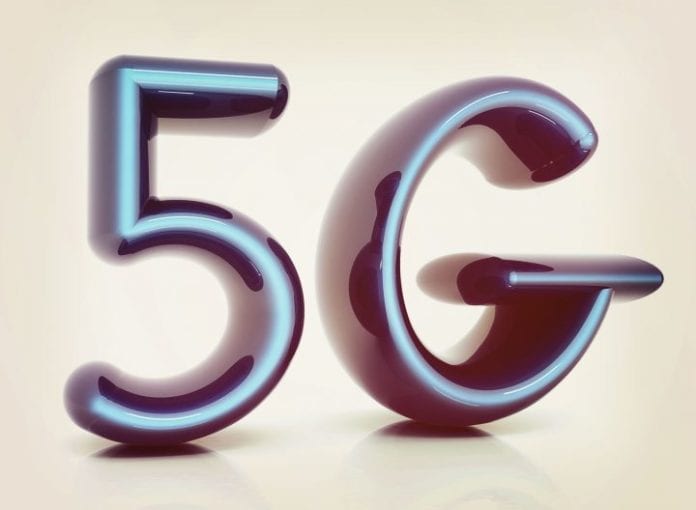New 5G Americas white paper: Spectral harmonization will support smooth 5G deployments
In a newly published white paper, industry trade group 5G Americas highlights the role spectral harmonization across low-, mid- and high-band spectrum, including licensed and unlicensed bands, will support smooth network deployments, and bolster the delivery of 5G-specific services.
The publication, titled “5G Spectrum Recommendations” is available for download here.
Key recommendations include:
- Collaborative regulatory decisions regarding spectrum in the 700 MHz, 24 GHz and above, and the 3 GHz bands;
- Leverage harmonization to facilitates global economies of scale for mobile broadband and roaming;
- Flexibility in licensure so particular bands aren’t “tied to a particular technology, a generation of mobile technology, or a particular use case.”
Reza Arefi, Intel’s Director of Spectrum Strategy, said, “Widespread harmonization of adequate spectrum could have a very positive effect in providing an important foundation for the timely deployment of 5G systems.” He encouraged “key stakeholders to embrace appropriate harmonized spectrum allocations to accommodate the variety of emerging 5G applications that together build the connected societies of the future.”
Chris Pearson, president of the industry association, called spectrum “the lifeblood of our mobile wireless ecosystem. As we heard toward 5G deployments, it is expected that low-, mid- and high-band spectrum–including licensed spectrum, bands shared with other services and unlicensed spectrum, will play a critical role in the healthy future of the mobile wireless industry.”
While the next-generation mobile standard is still going through the 3GPP process, the primary use cases are enhanced mobile broadband, massive machine-type communications and mission critical services that require ultra low latency and ultra high capacity, like remote industrial control, for instance. While some carriers have already launched services including the “5G” designation, that’s widely regarded as marketing hype and based on technologies including 4×4 MIMO, 256 QAM and three-channel carrier aggregation, which are LTE-Advanced technologies.

